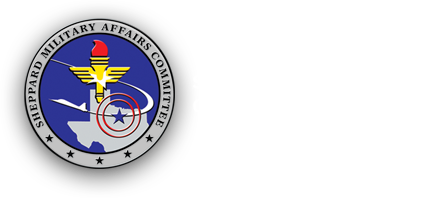When the BRAC Commission announced 20 years ago that the San Antonio Air Logistics Center at Kelly Air Force Base would close, many local leaders, along with the center’s 13,000 workers, were understandably panicked.
“We heard about people having heart attacks, people being really distraught,” Juan Solis, a councilman at the time, said in reference to the fallout in other places that experienced a base closure.
But officials soon began putting together a reuse plan, which focused on using Kelly’s world-class runway to attract commercial aviation firms to the installation’s airside facilities. The plan similarly leveraged the city’s skilled aerospace workforce and a host of logistical advantages — its proximity to Mexico, location at the intersection of north-south and east-west interstates, and access to rail.
“When that idea came up for joint utilization it was golden,” Solis told San Antonio Express-News. “What the Air Force gave us was a beautifully laid out industrial park. And that’s what needed to be recognized.”
And the Clinton administration’s agreement to phase out Kelly over a six-year period helped smooth the transition to private sector tenants.
“It kept those buildings from going dark,” said Paco Felici, spokesman for Port San Antonio, which is what the reuse project was renamed in 2006. “Had the workforce dissipated … to pick up that momentum again would have been extraordinarily difficult,” he said.
By 2008, Port San Antonio had 74 tenants, nearly 9,000 employees, effectively offsetting the former base’s closure in 2001. Over the next five years, the port continued to prosper. DOD announced
DOD’s Cyber Command would bring about 3,000 personnel into Building 171, located in the port’s Lackland Annex which is home to about 6,000 defense workers.
The port and its tenants experienced a hiccup in 2013 as defense spending cuts hurt the project’s military aviation business. But the city implemented a plan to lower aerospace tenants’ rents in an attempt to retain its skilled workforce, according to the story.
The port’s current president and CEO, Roland Mower, similarly has made keeping aerospace employers a priority.
“We want to make sure that we’re meeting their needs and helping them not only stay in the marketplace but grow their presence,” Mower said. “We’re augmenting that with a fairly aggressive outreach program in which we’re looking for tenants that typically have needs for this type of space, land, sites and buildings,” he said.
Shared from the Association of Defense Communities.
